Have you ever met a dog so enormous that you felt like you shrank a few inches just standing next to them? Raising a giant breed dog is a larger-than-life adventure—literally! From Great Danes that think they’re lapdogs to Saint Bernards who can clear a coffee table with a single wag, these gentle giants bring joy, chaos, and a lot of surprises. But behind their goofy grins and big-hearted snuggles come some unique challenges that can turn your world upside down. Are you ready to face the ups and downs of living with a canine the size of a small horse? Let’s dig into the six most common hurdles giant dog owners face—and how you can overcome them with a smile.
Feeding the Bottomless Pit
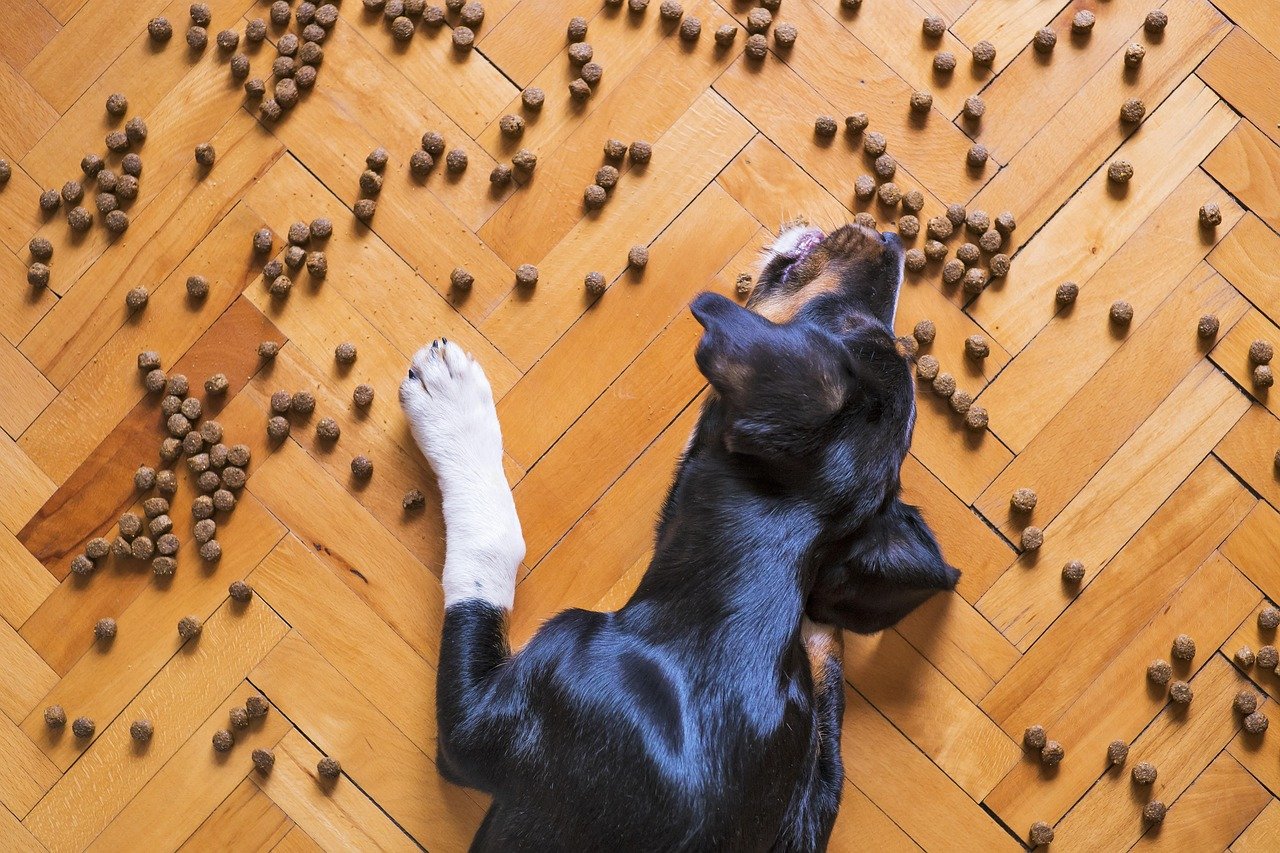
One of the first shocks new giant breed owners experience is just how much food these dogs can put away. Imagine pouring kibble into a bowl and watching it disappear faster than you can blink—every single day! Giant breeds burn more calories just stretching than a small dog does running laps, so their diets are no joke. The cost of all that chow adds up quickly, and you have to be careful to choose food that supports their unique growth needs. Overfeeding can lead to joint problems, but underfeeding isn’t healthy either. The key is to invest in high-quality, large-breed dog food and stick to feeding schedules. Supplementing with healthy treats, like carrots or green beans, can satisfy their munchies without packing on extra pounds. And always remember: no matter how hard they beg with those soulful eyes, table scraps are a no-go!
Finding Enough Space
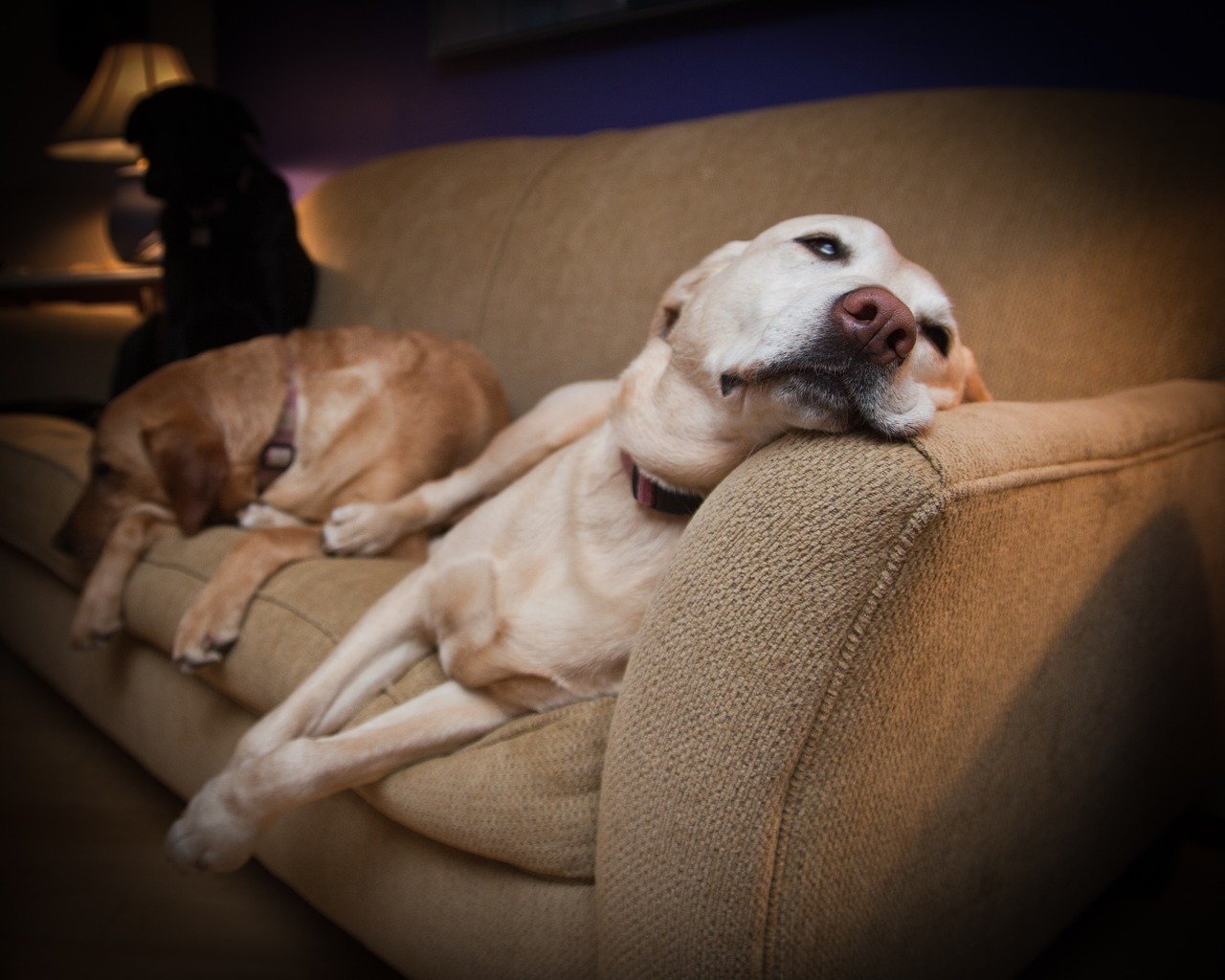
If you thought your home was spacious, a giant breed dog will quickly make you reconsider. These colossal canines can stretch out and suddenly claim an entire couch (or two). Not to mention, their tails can sweep a coffee table clear in one joyful swoosh! Apartment living can be especially tricky, as giants need room to move without bumping into everything. Rearranging furniture to create wide walkways and providing a comfy, oversized dog bed in a quiet corner can help. Outdoor space is a huge plus, but if you’re living in a smaller environment, daily walks and playtime at a dog park are essential. Think of it as having a gentle, furry roommate who just happens to take up a lot of real estate!
Managing Health and Vet Visits
Giant breeds are prone to specific health problems, like hip dysplasia, heart issues, and bloat, that can be both scary and expensive. Finding a veterinarian experienced with large dogs is crucial, as not all clinics have the equipment or expertise for these massive patients. Regular checkups and preventive care are your best friends. Make it fun by turning vet visits into positive experiences—bring favorite toys, treats, and lots of praise. It’s also important to keep up with vaccinations and joint supplements, which can go a long way in supporting their health. Remember, catching issues early can save a lot of heartache (and money) down the road!
Training the Gentle Giant
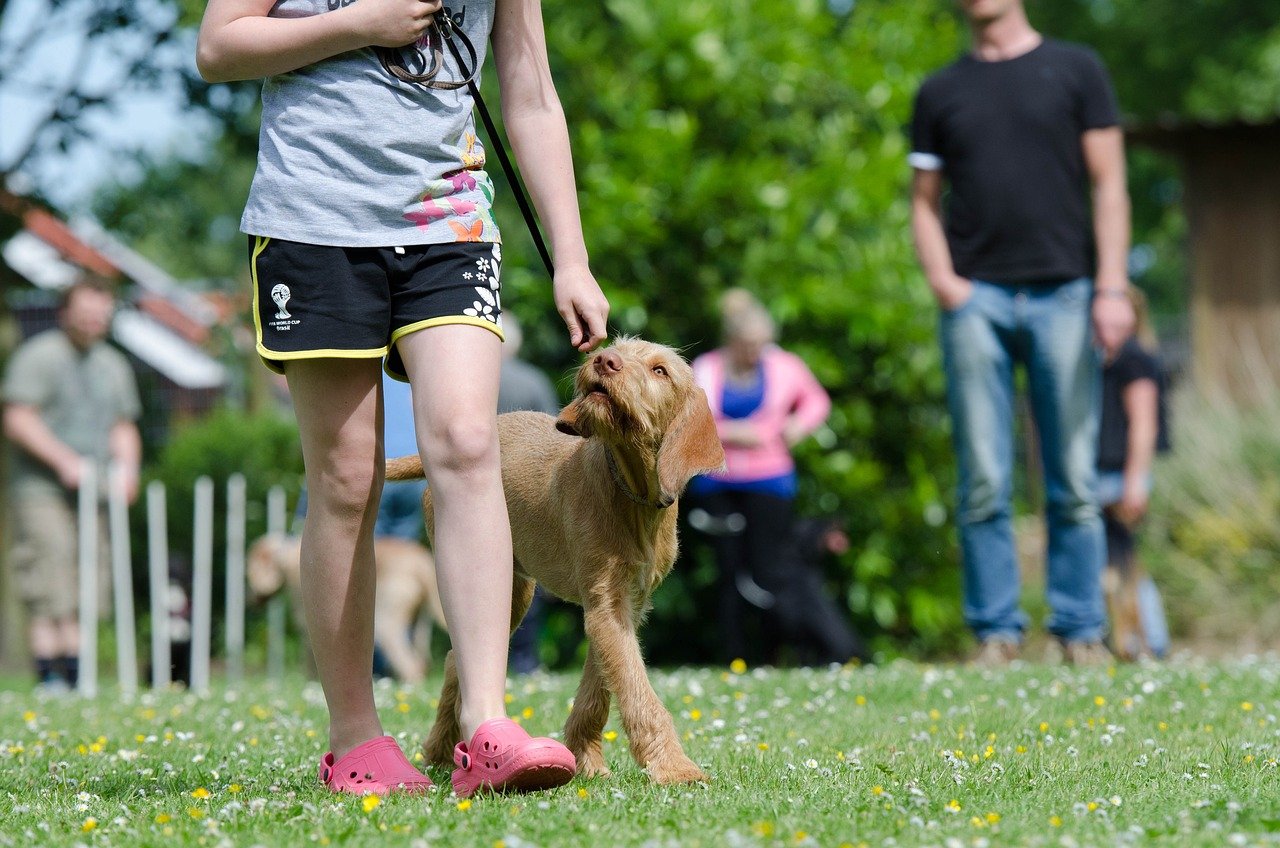
Many giant breed dogs are sweethearts at heart, but their size means even a little misbehavior can have big consequences. Imagine an excited 150-pound pup jumping up to say hello—it’s funny until you end up on the floor! Early and consistent training is a must. Focus on basic commands like sit, stay, and come, plus polite leash walking. Socialization is also key to prevent fearfulness or aggression. Training should always be positive and reward-based, since harsh methods can backfire with sensitive giants. Enrolling in a puppy class (yes, even if your puppy already weighs more than you) is a fantastic way to build good habits. Patience and humor go a long way—after all, everyone learns at their own pace, even if that pace is lumbering and drooly.
Keeping Them Active and Entertained
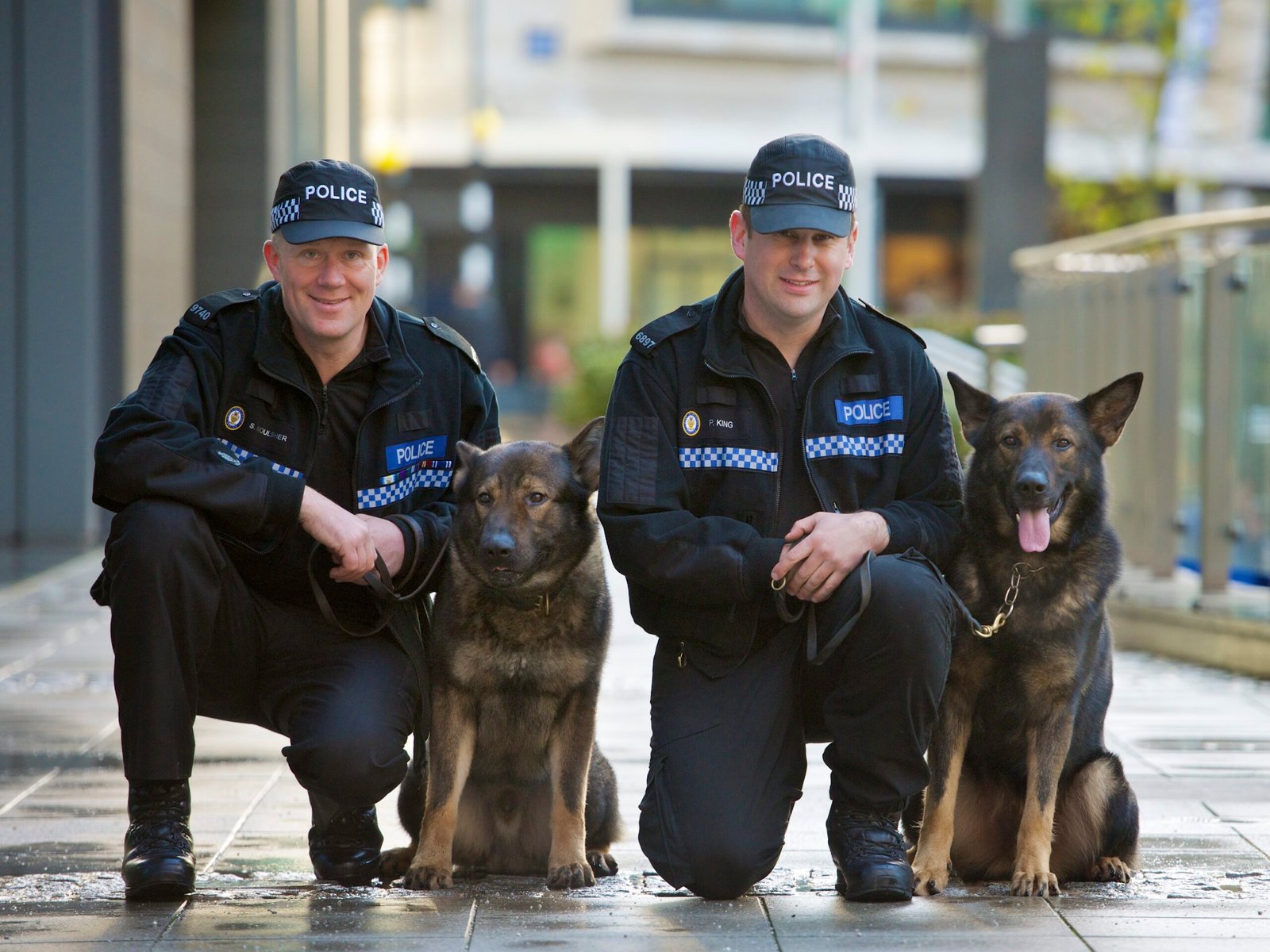
Don’t be fooled by their laid-back nature—giant breeds still need plenty of exercise and mental stimulation. Without it, boredom can lead to destructive behaviors, like chewing on furniture or digging in the yard. Regular walks, gentle hikes, and playtime with sturdy toys keep their bodies and brains busy. Puzzle feeders and scent games are excellent for rainy days when outdoor time isn’t possible. Just be mindful of their growing joints; avoid high-impact activities like jumping or running on hard surfaces, especially when they’re young. Think of exercise as quality bonding time—your dog will love being by your side, no matter what you’re doing.
Dealing with Drool, Fur, and Giant Messes
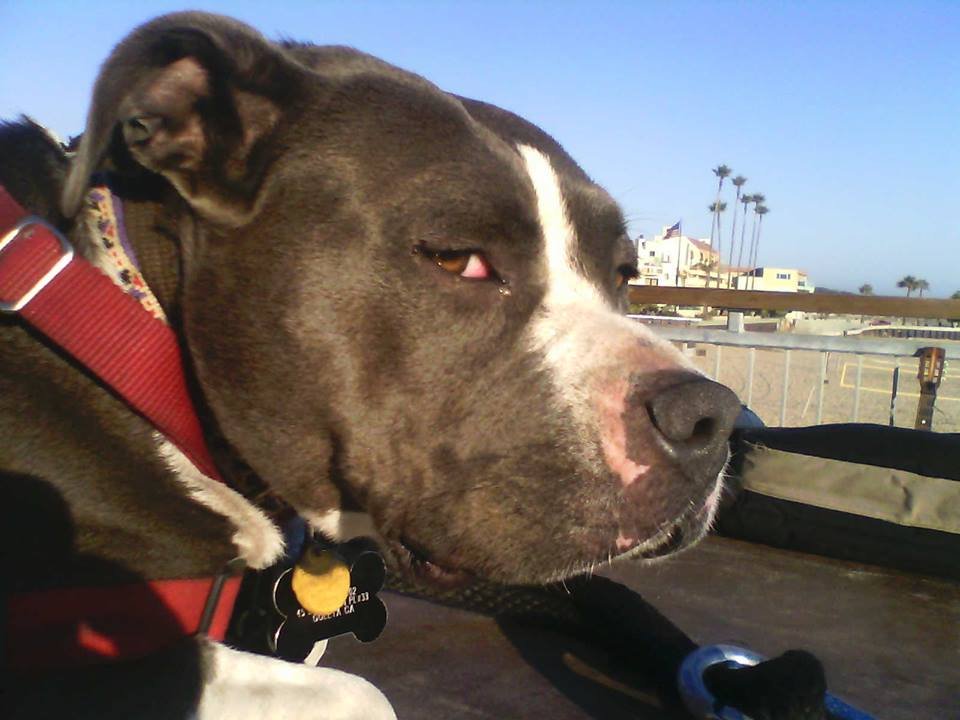
Let’s face it: giant breed dogs come with giant messes. Drool can appear in the most unexpected places—walls, ceilings, and even your freshly ironed shirt. Then there’s the endless fur, tracked-in mud, and occasional “oops” moments when a tail sends your drink flying. Embrace a sense of humor and keep cleaning supplies handy. Invest in a good vacuum cleaner and washable covers for furniture. Regular grooming helps control shedding, and having a drool towel on standby is a lifesaver. Remember, a little mess is a small price to pay for the love and laughter these gentle giants bring to your life.






